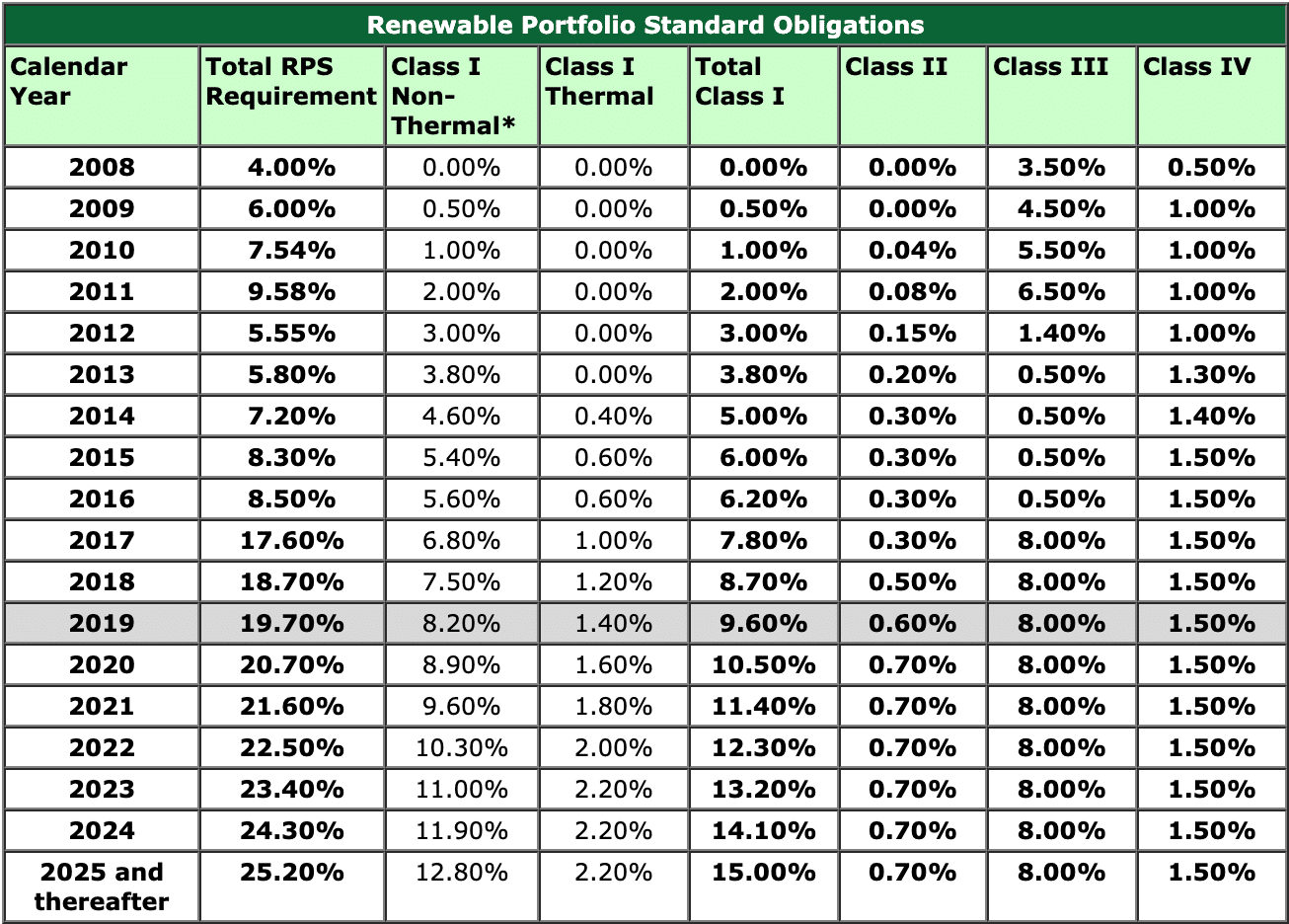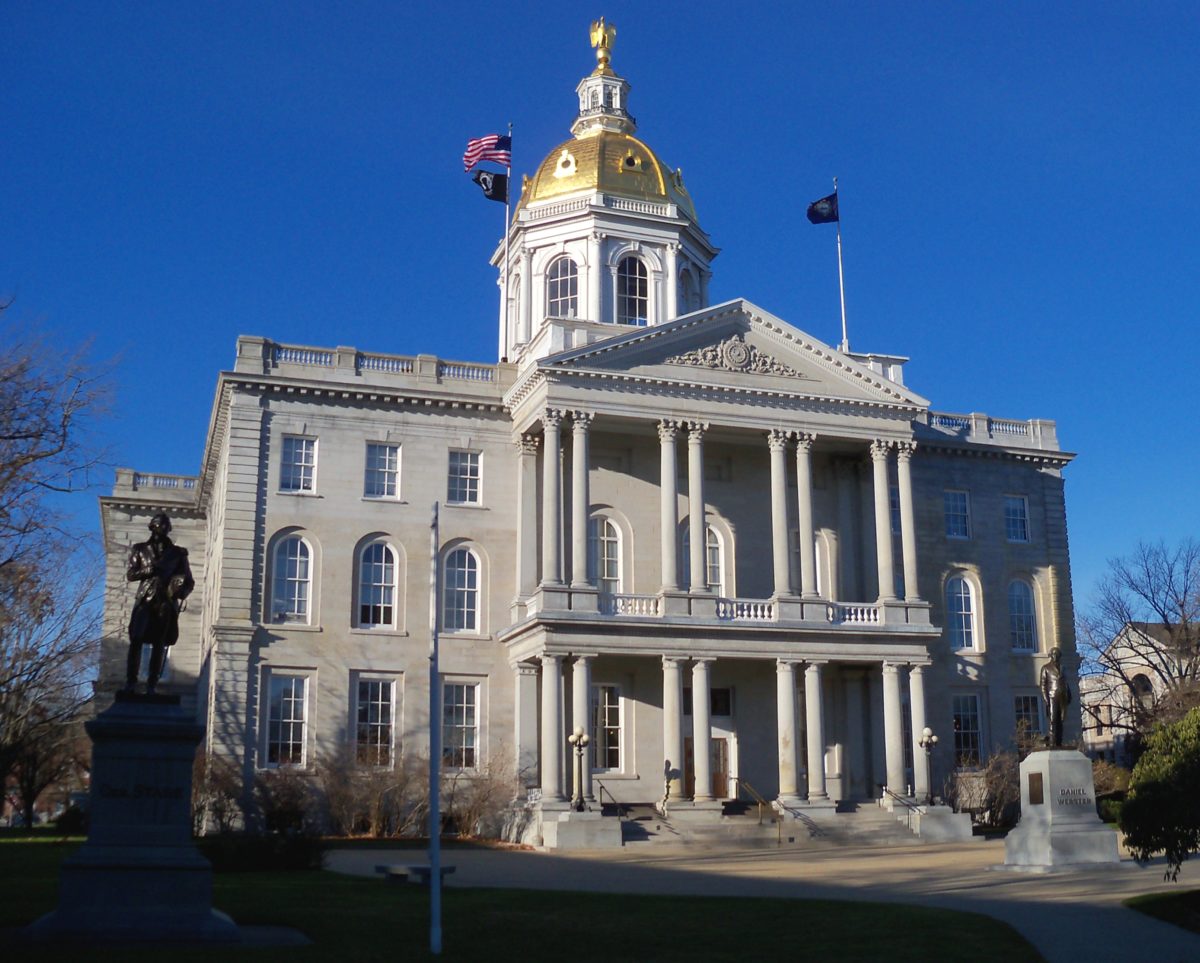Depending on the context, 25% can be a good thing, a very good thing. No server is ever going to complain about a 25% tip, while a .250 batting average in the majors should be just good enough to keep you in the starting 9, assuming you have other on-field talents. In the world of renewable portfolio standard (RPS) policies, where multiple states have recently passed 80-100% mandates by 2050 or sooner, 25% by 2025 just doesn’t carry much weight.
This is the reality that New Hampshire lawmakers tried to remedy with SB 168. However, this has so far proven to be an effort in futility, as Gov. Chris Sununu (R) vetoed the measure, calling the bill a hand-out to solar developers.
In order to override the veto SB 168 would need a 2/3 majority vote in the Senate, which it did not receive the first time around.
This is the second solar measure that Sununu has vetoed this summer, after nixing a measure to lift the state’s net metering cap from 1 MW to 5 MW.
While SB 168 didn’t look to raise that 25% by 2025 figure, it did look to increase the mix of Class II renewables within the 25%. Class II renewables are defined in New Hampshire as solar electric systems put into operation after January 1, 2006.

Under SB 168, Class II renewables would have increased to 1.2% of all renewable energy or energy credits purchased in 2019, 1.9% in 2020, 2.6% in 2021, 3.3% in 2022, 4.0% in 2023, 4.7% in 2024 and 5.4% in 2025. For comparison, Class II renewables are set to make up 0.6% in 2019 and then 0.7% from 2020 to 2025 under the state’s current RPS. This percentage is determined based off of the total MWh supplied by the resource in a calendar year.
According to the most recent information from SEIA, solar currently supplies 0.61% of the New Hampshire’s electricity via the 88 installed MW. By denying the measure that would surely kickstart solar development, the state is missing out on over 778 MW in installations, and that’s just based off of current electric demand, meaning the true total could be even higher.
But hey, you know what they say: when Gov. Sununu closes a door he opens a window, right? And open he has, as from the potentially mortal wounding of SB 168 rose SB 165. SB 165 requires utilities to build at least two new solar projects to benefit low- and middle-income ratepayers in their service ares annually. It’s in essence a community solar net metering program aimed at mid-to-low-income and elderly customers.
Now, to make the an analogy just a little bit more convoluted, remember that earlier measure that Sununu vetoed, the one that would have lifted the state’s net metering cap from 1 MW to 5 MW?
So maybe the full analogy should be “You know what they say: when Gov. Sununu closes a door, he opens a window and promptly puts a screen in that window.”
This content is protected by copyright and may not be reused. If you want to cooperate with us and would like to reuse some of our content, please contact: editors@pv-magazine.com.









By submitting this form you agree to pv magazine using your data for the purposes of publishing your comment.
Your personal data will only be disclosed or otherwise transmitted to third parties for the purposes of spam filtering or if this is necessary for technical maintenance of the website. Any other transfer to third parties will not take place unless this is justified on the basis of applicable data protection regulations or if pv magazine is legally obliged to do so.
You may revoke this consent at any time with effect for the future, in which case your personal data will be deleted immediately. Otherwise, your data will be deleted if pv magazine has processed your request or the purpose of data storage is fulfilled.
Further information on data privacy can be found in our Data Protection Policy.